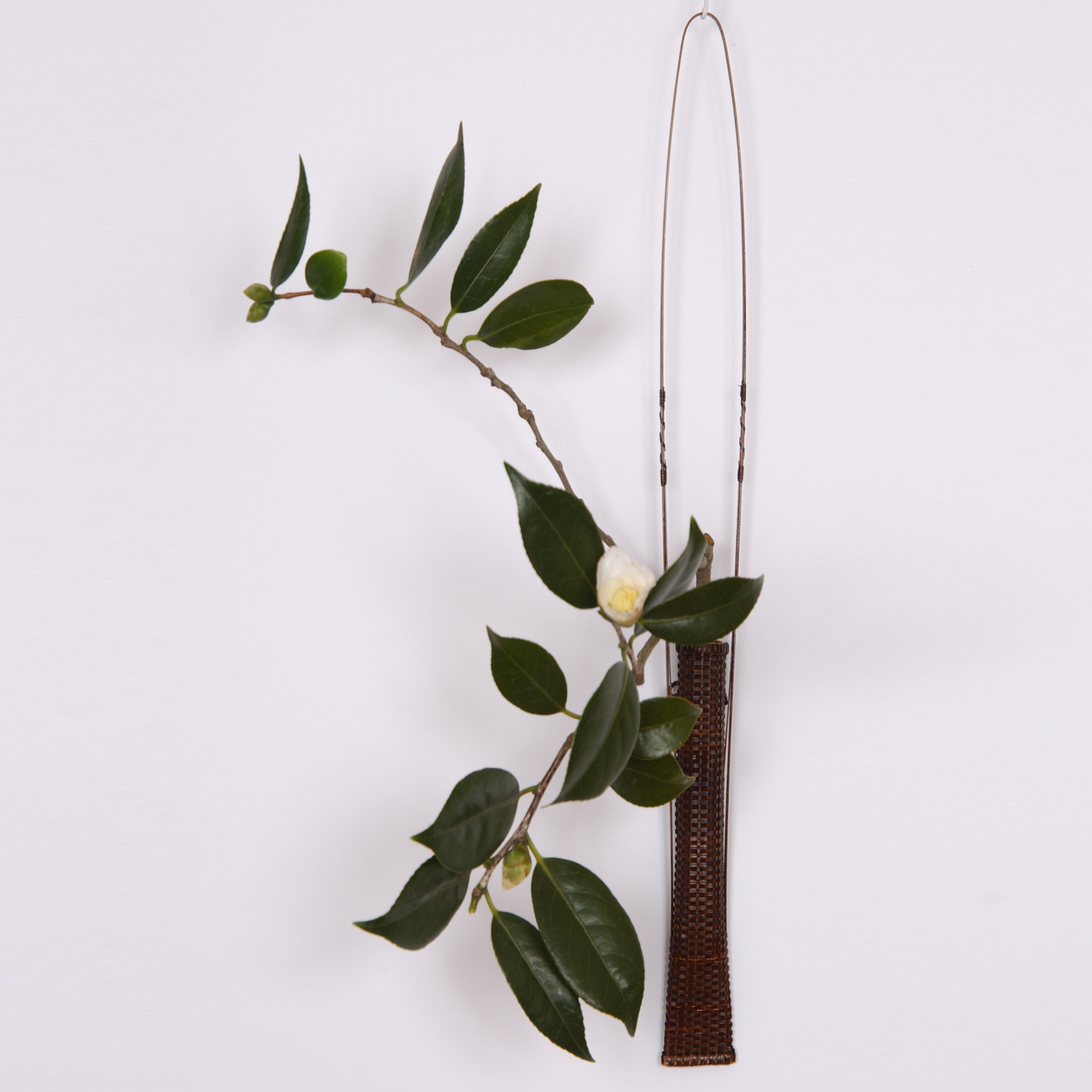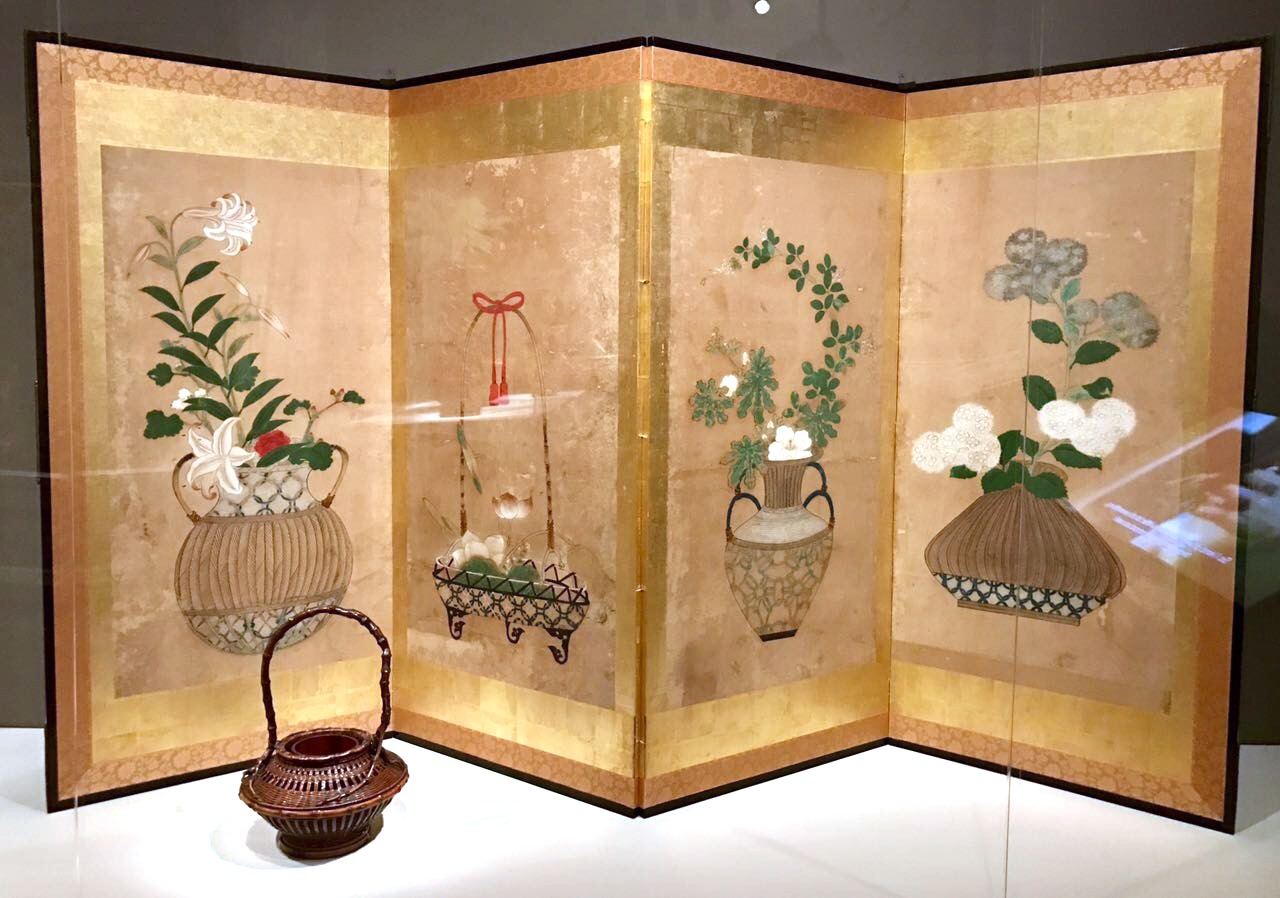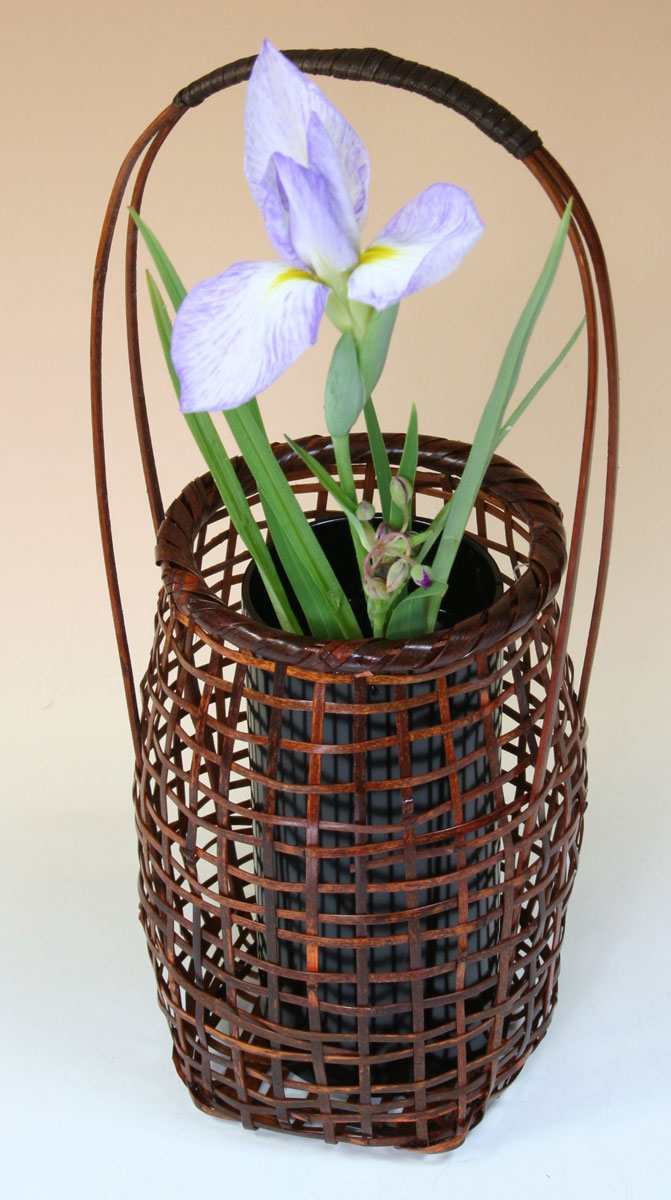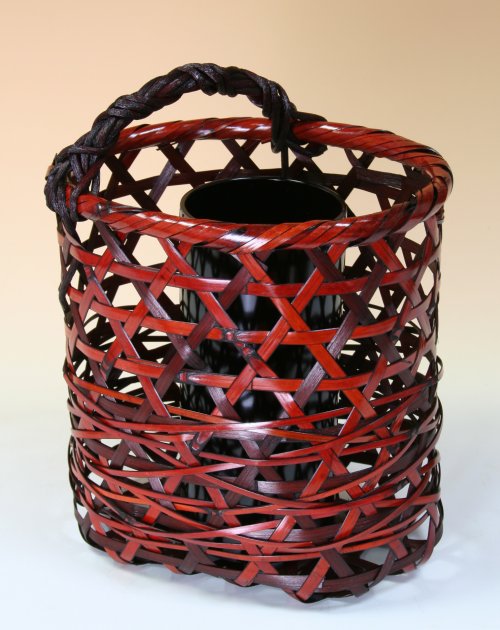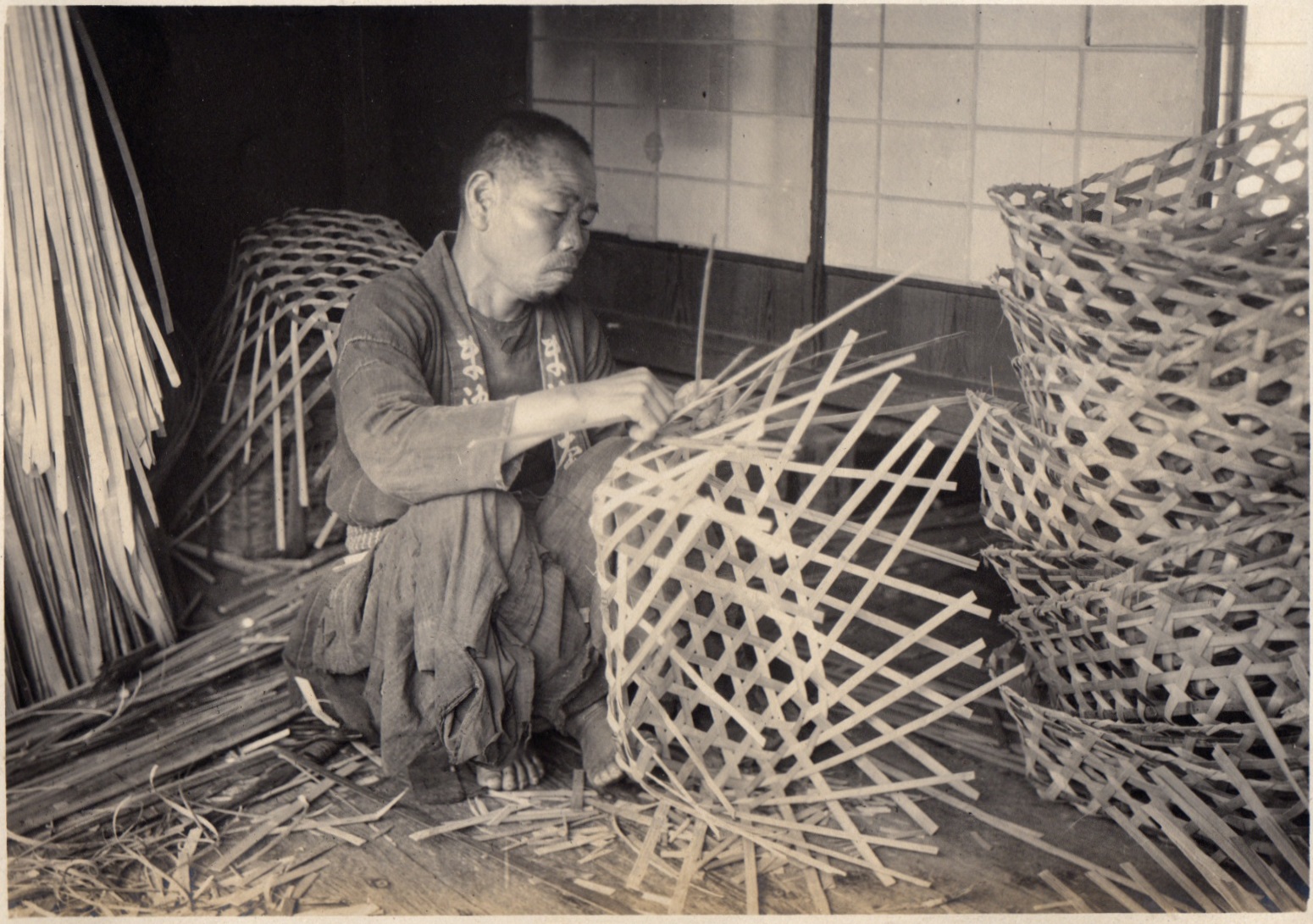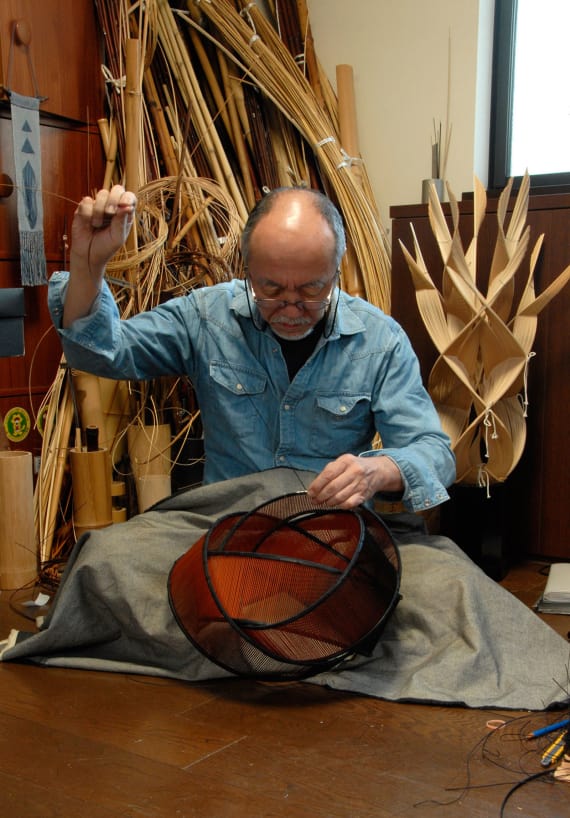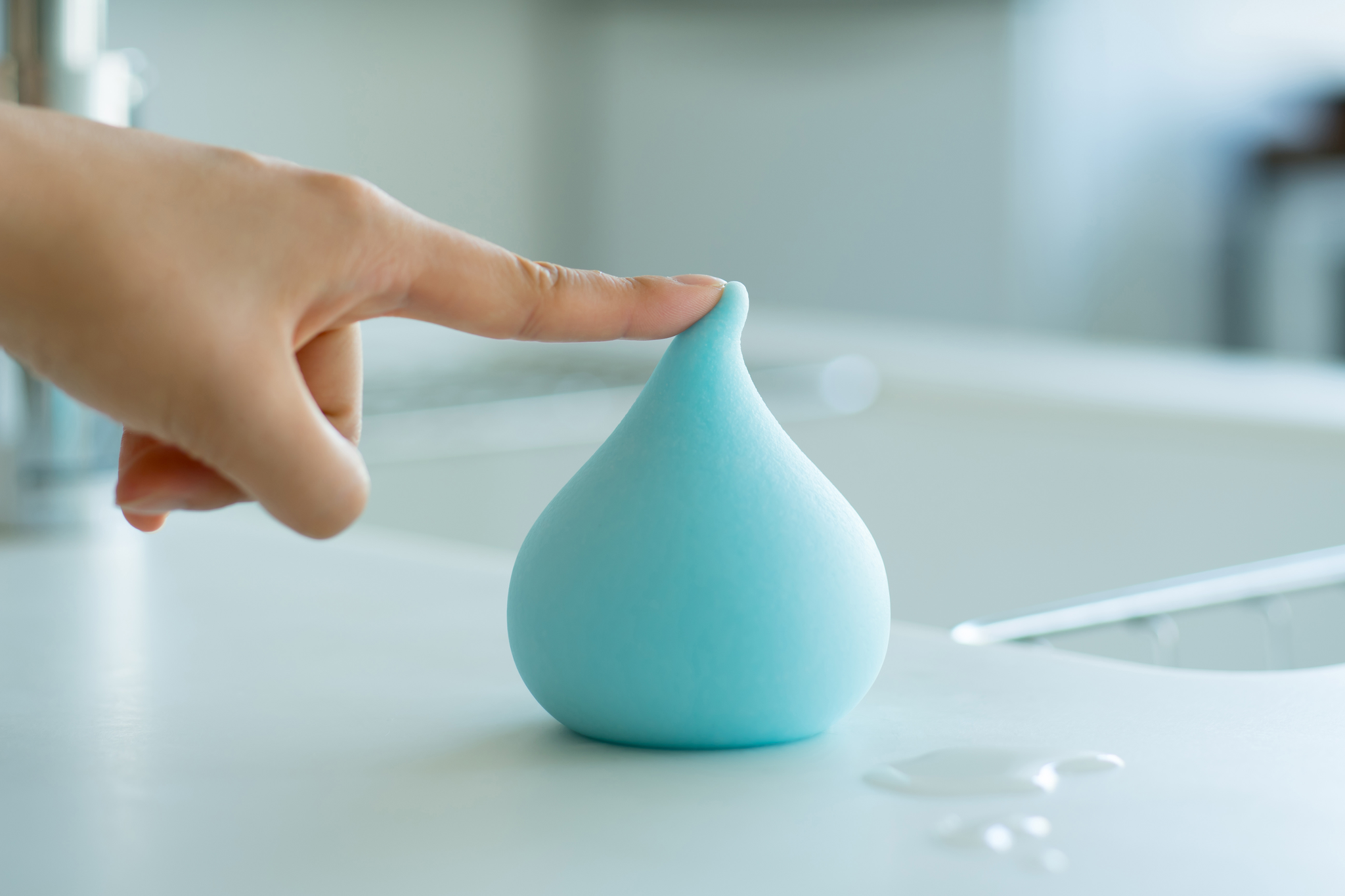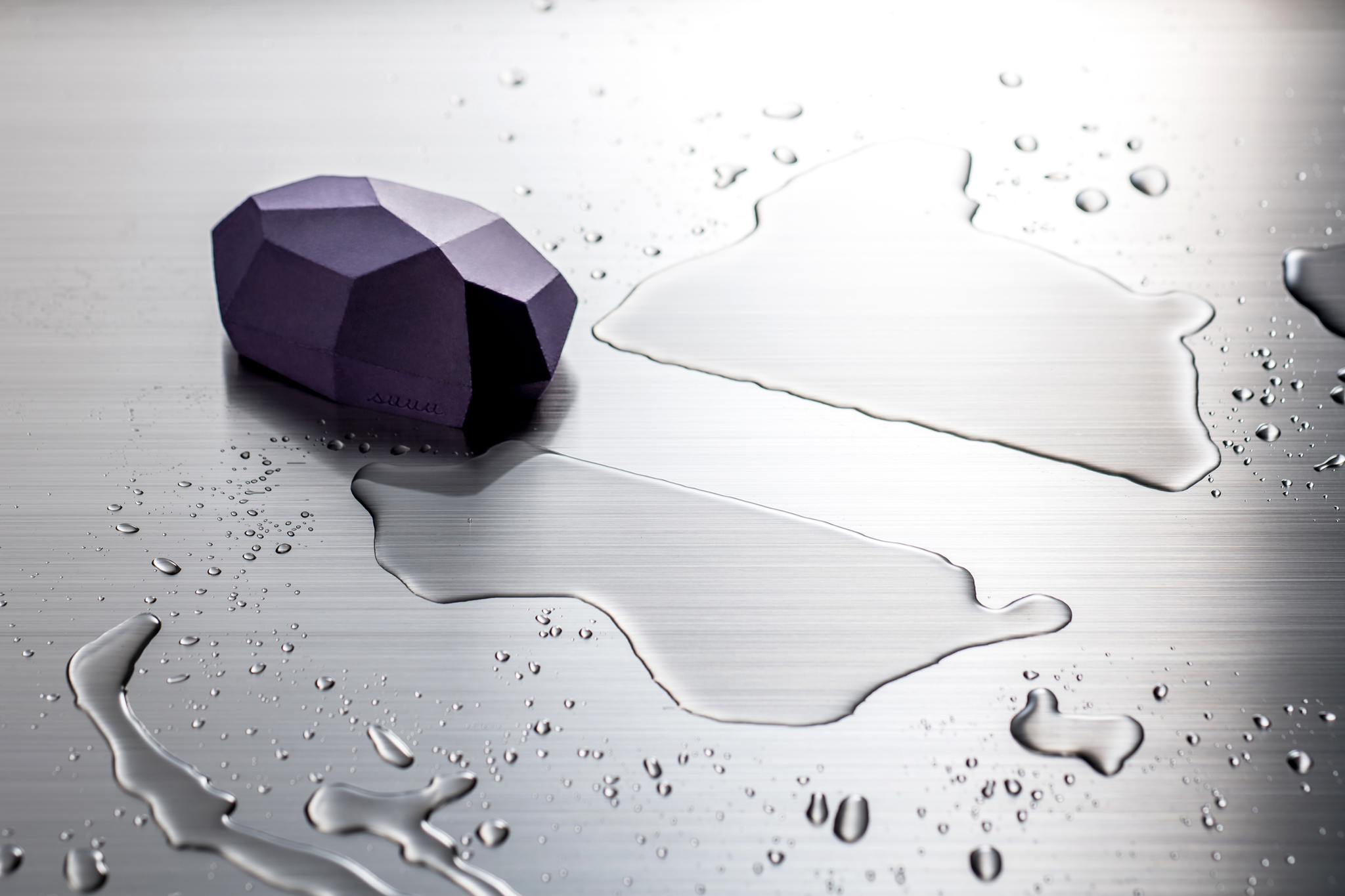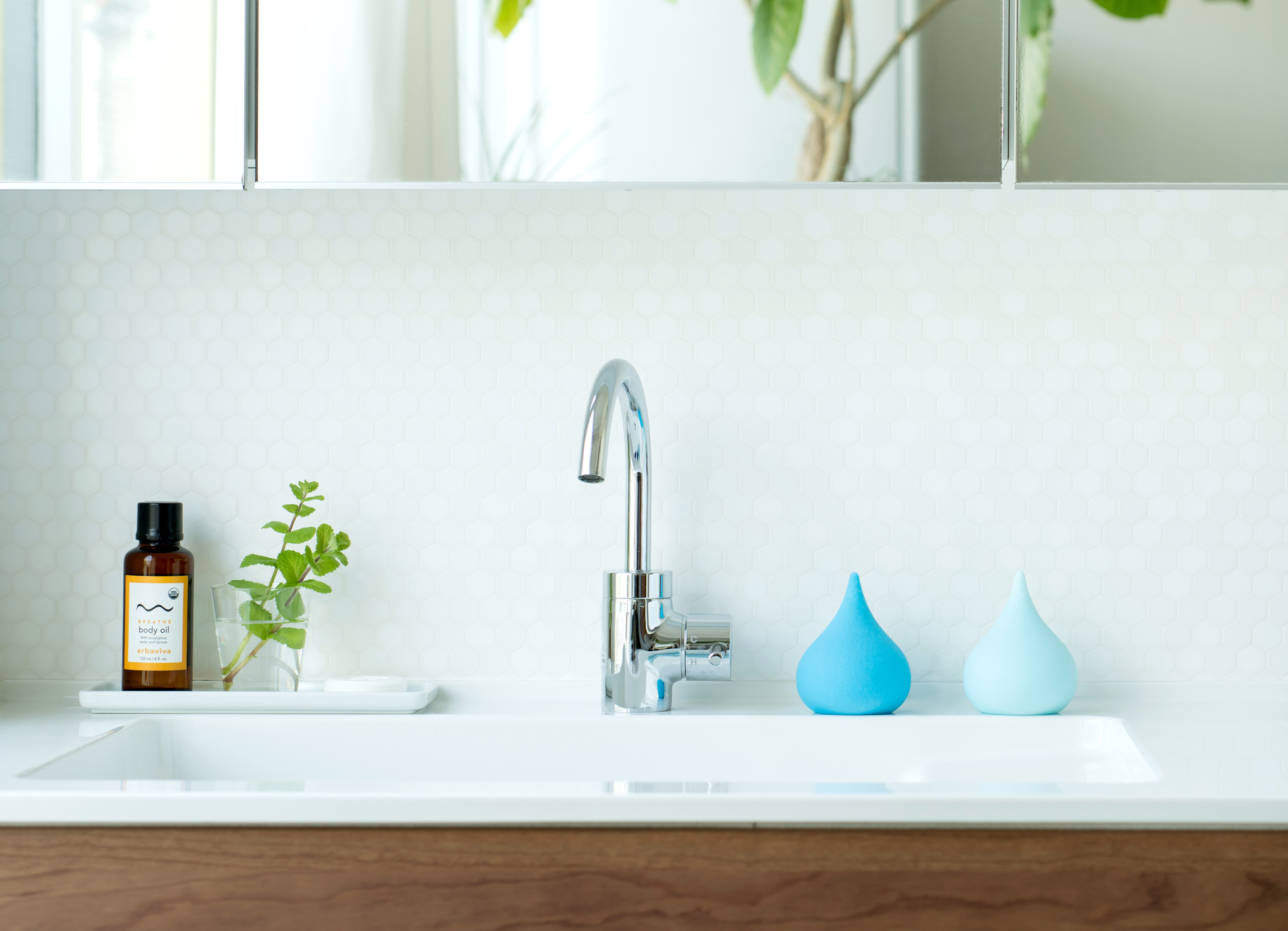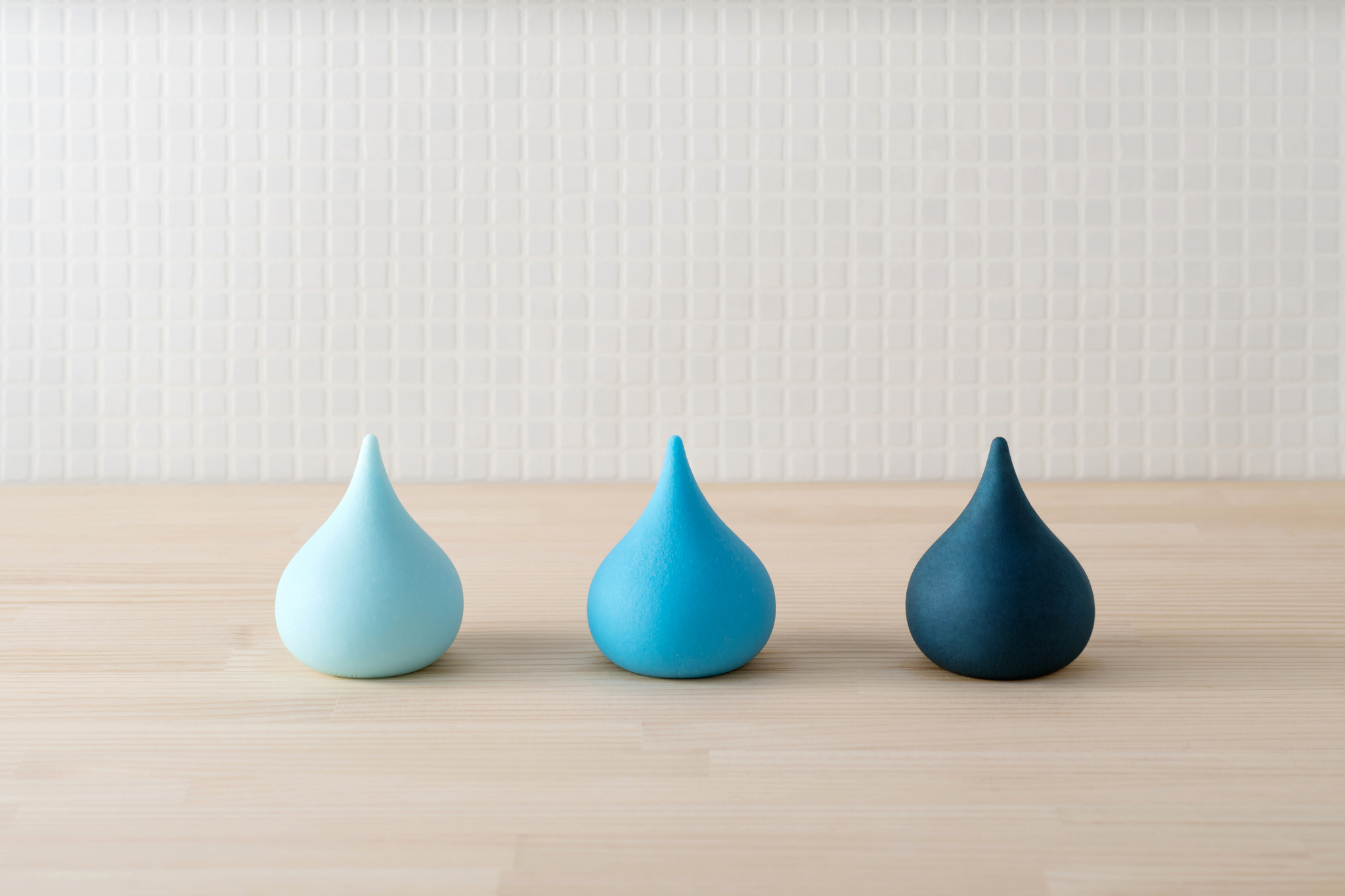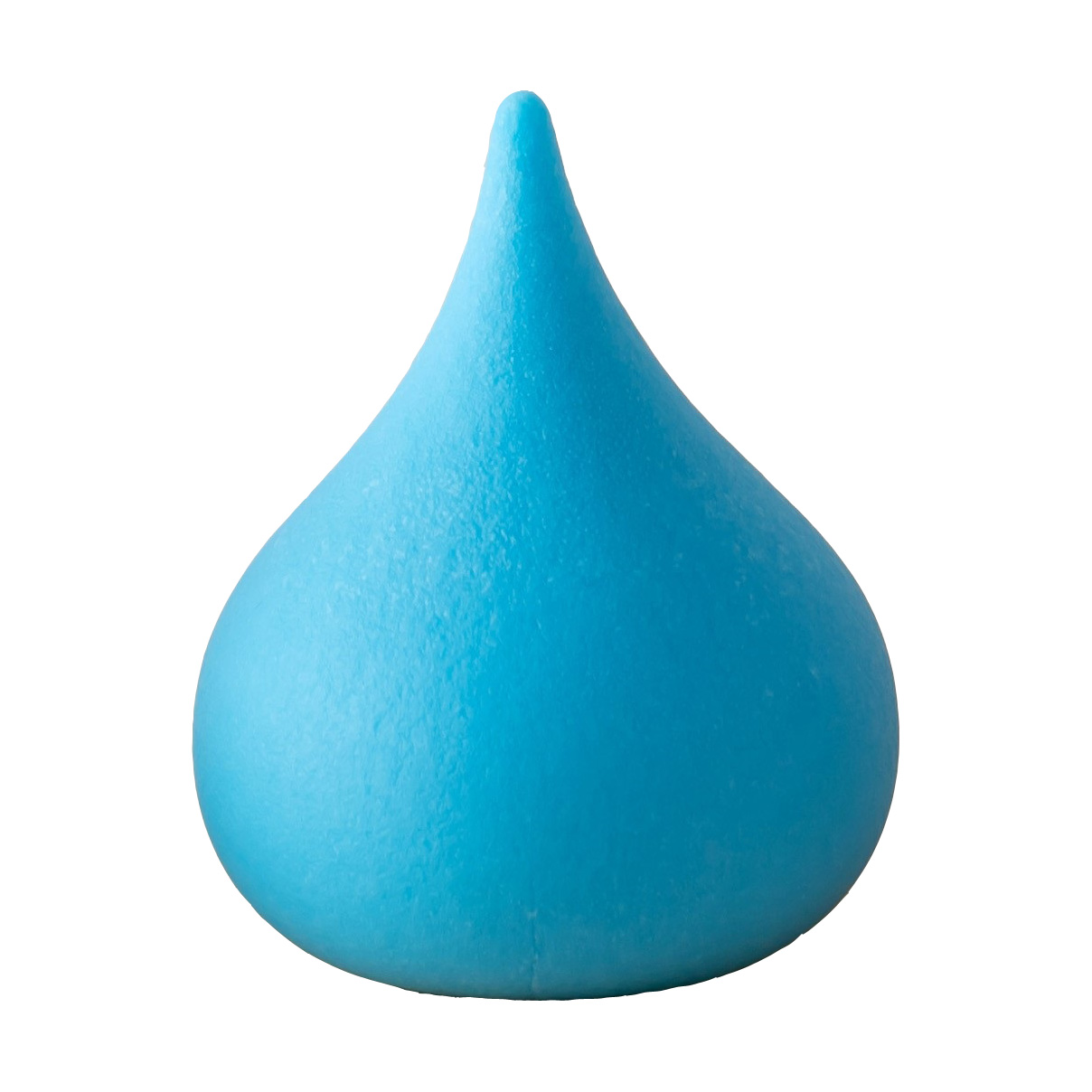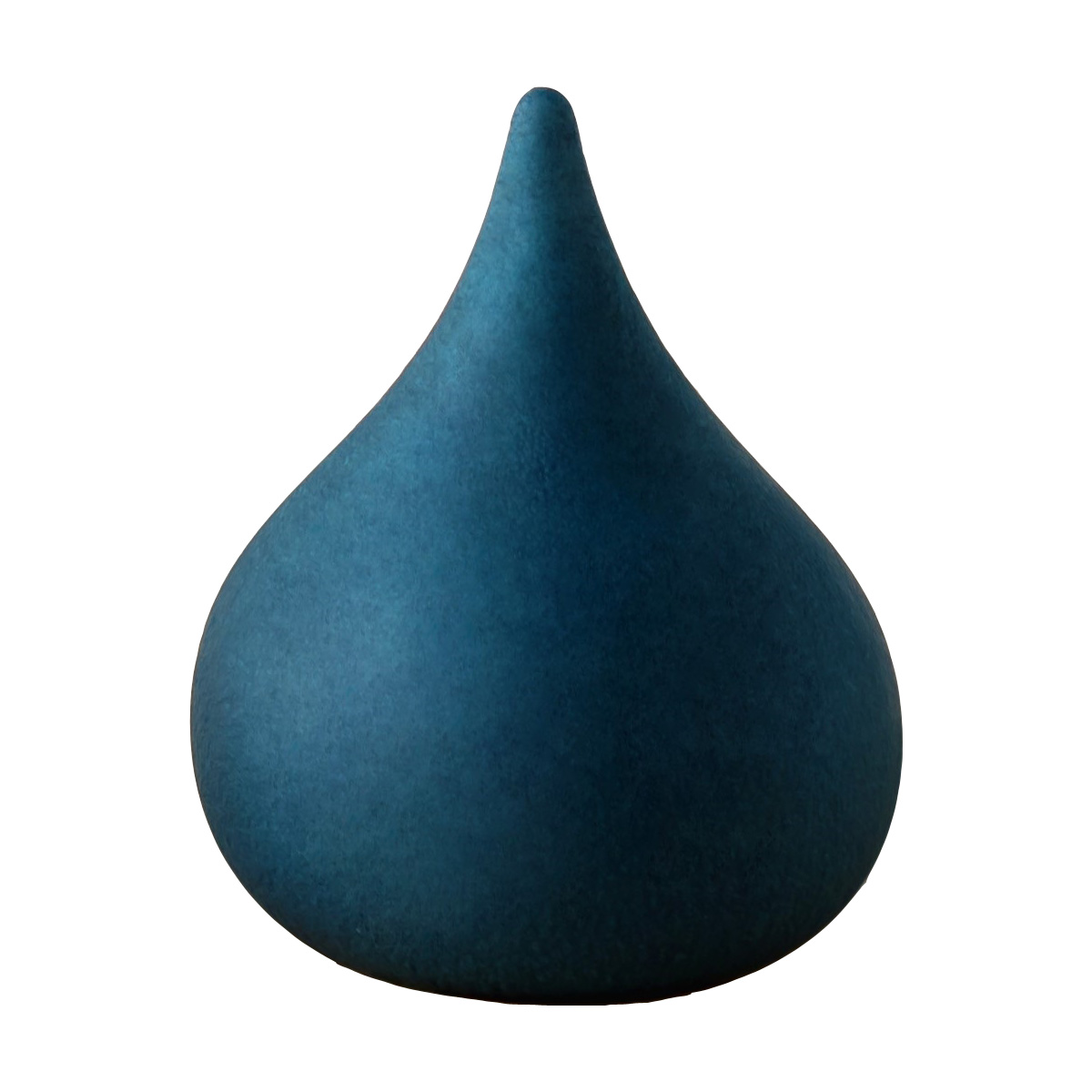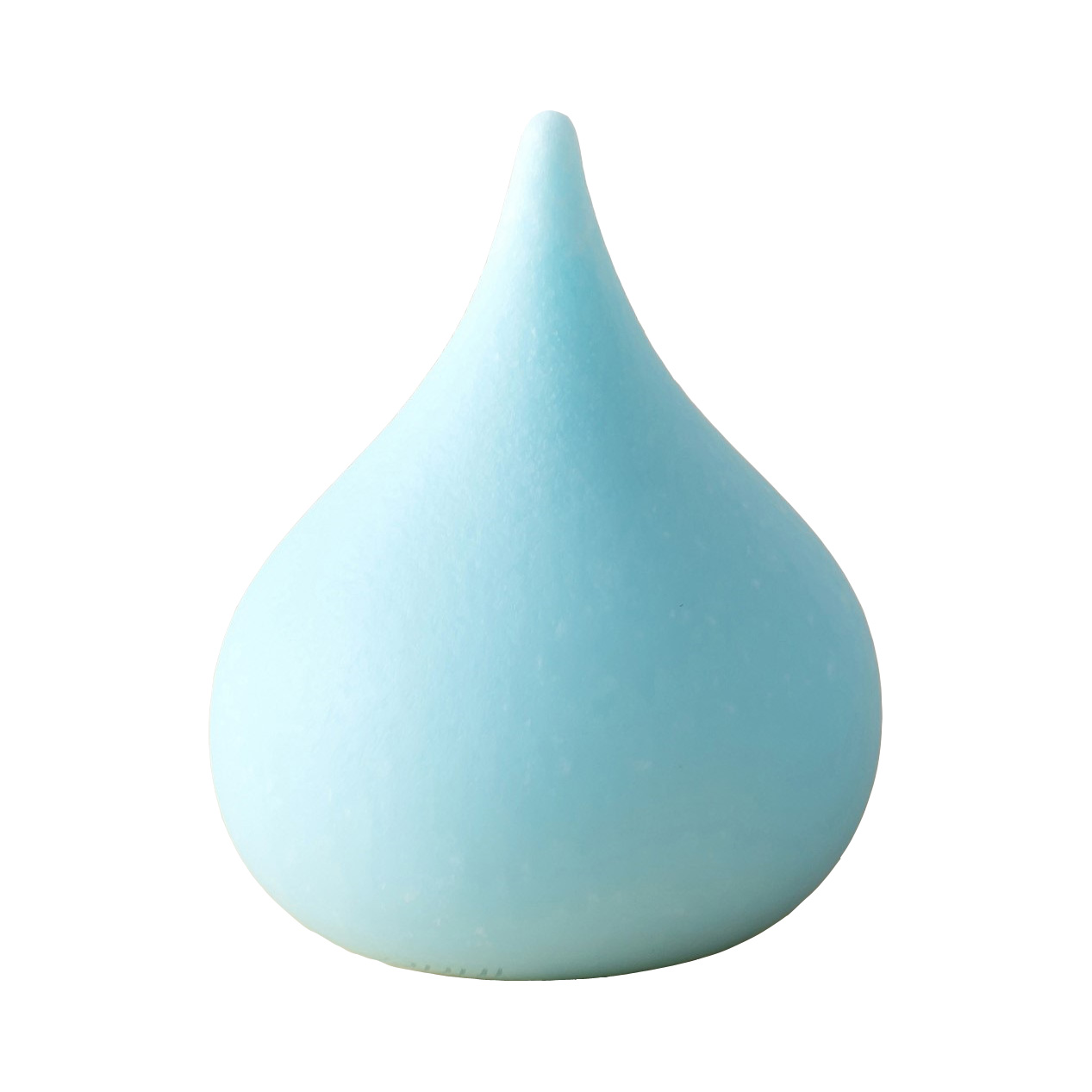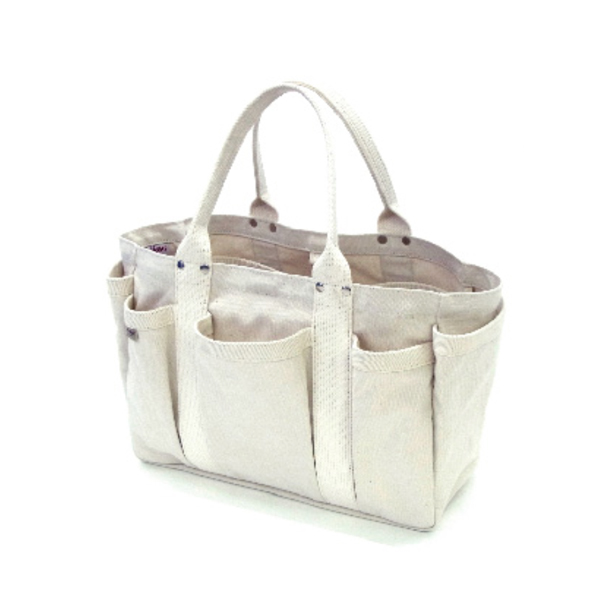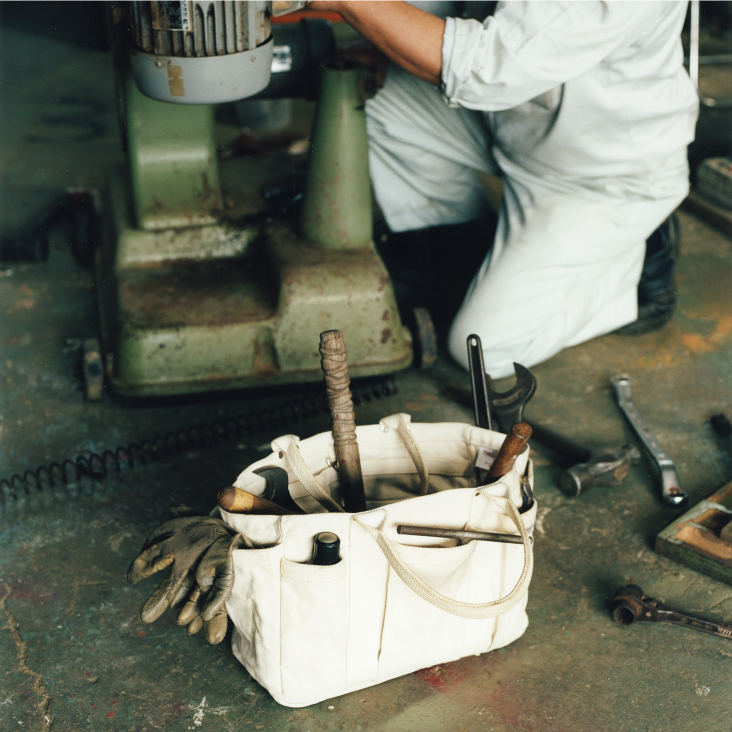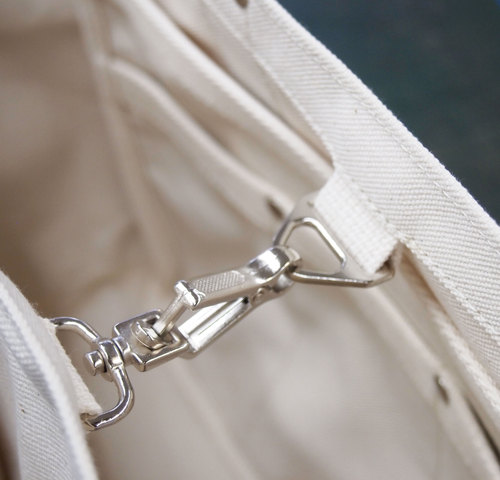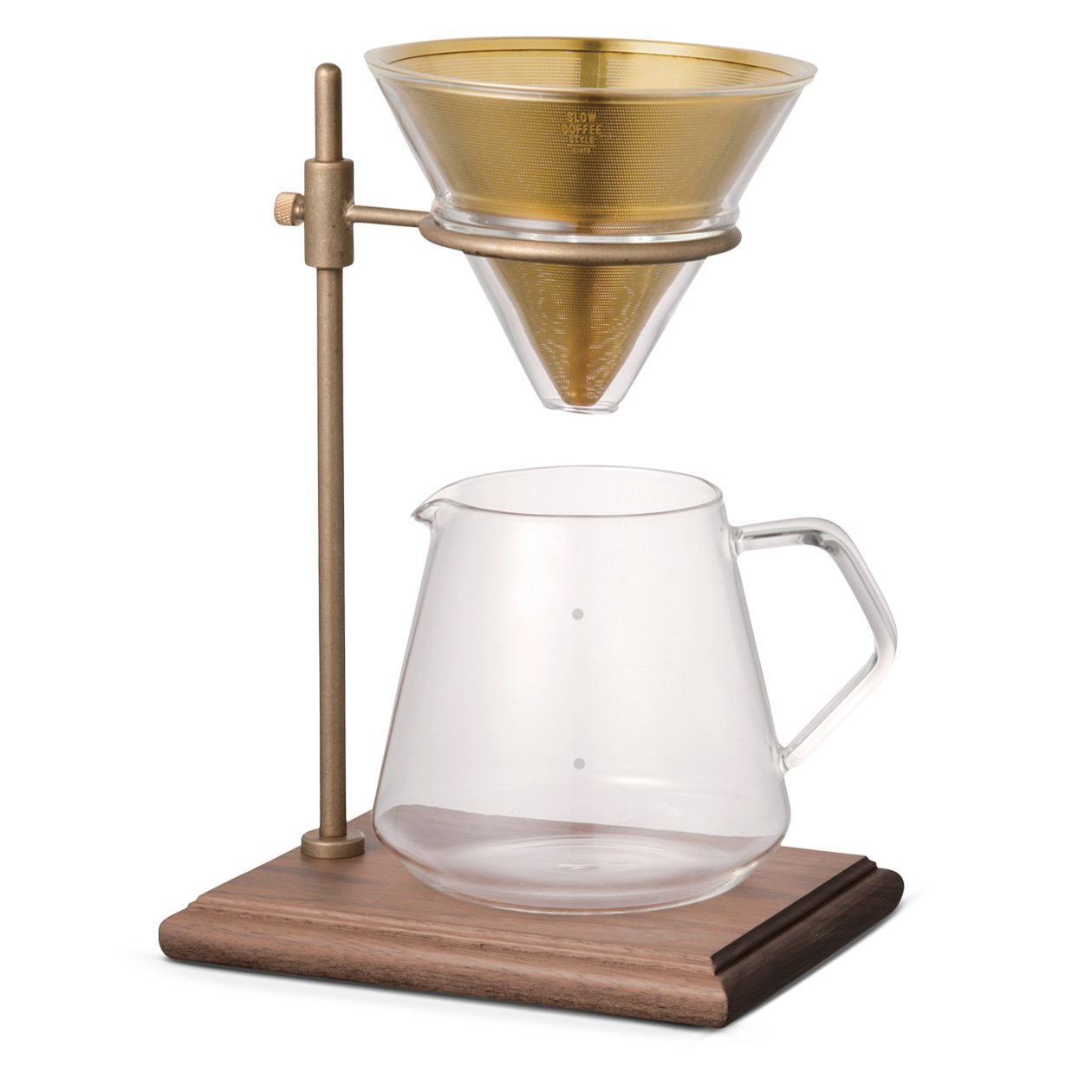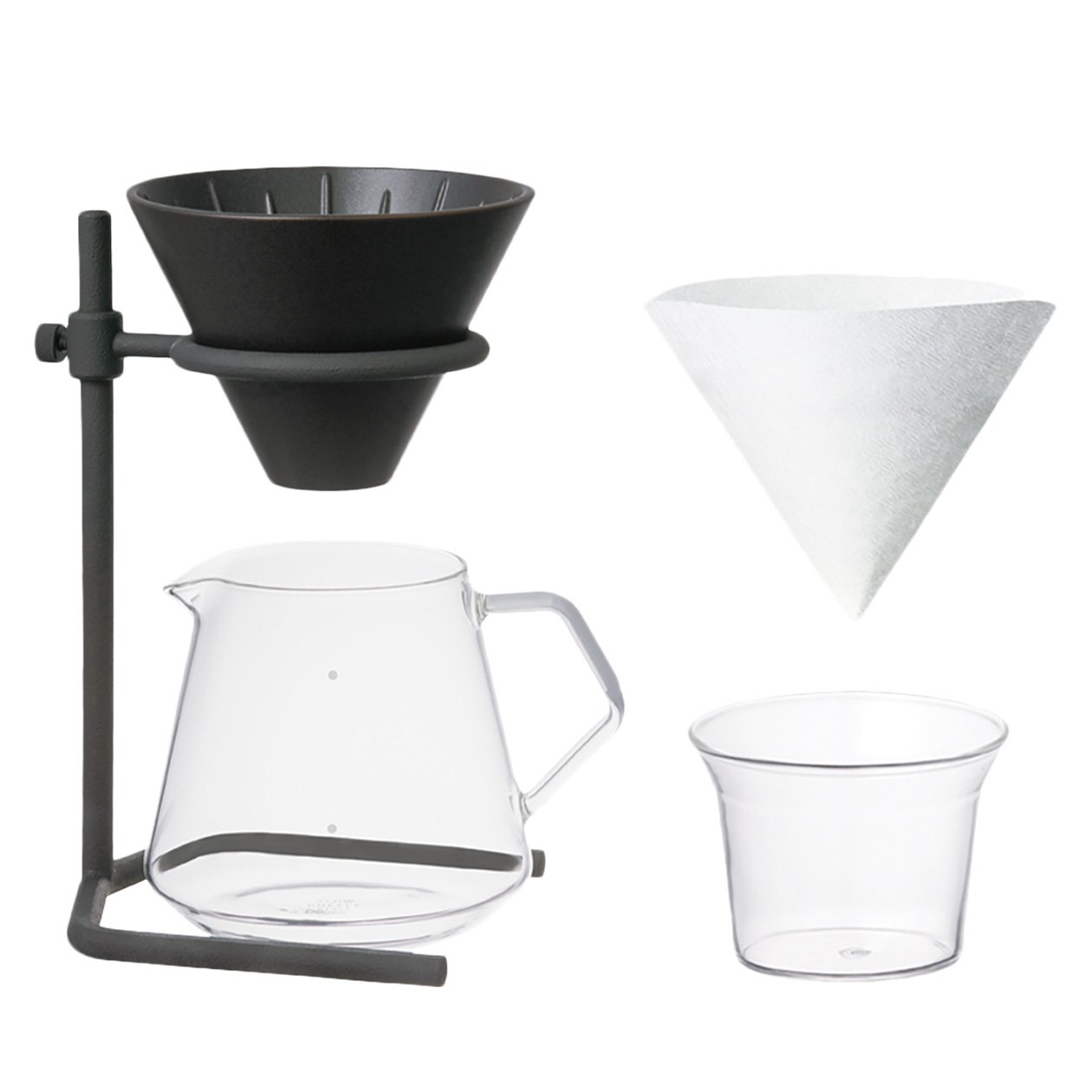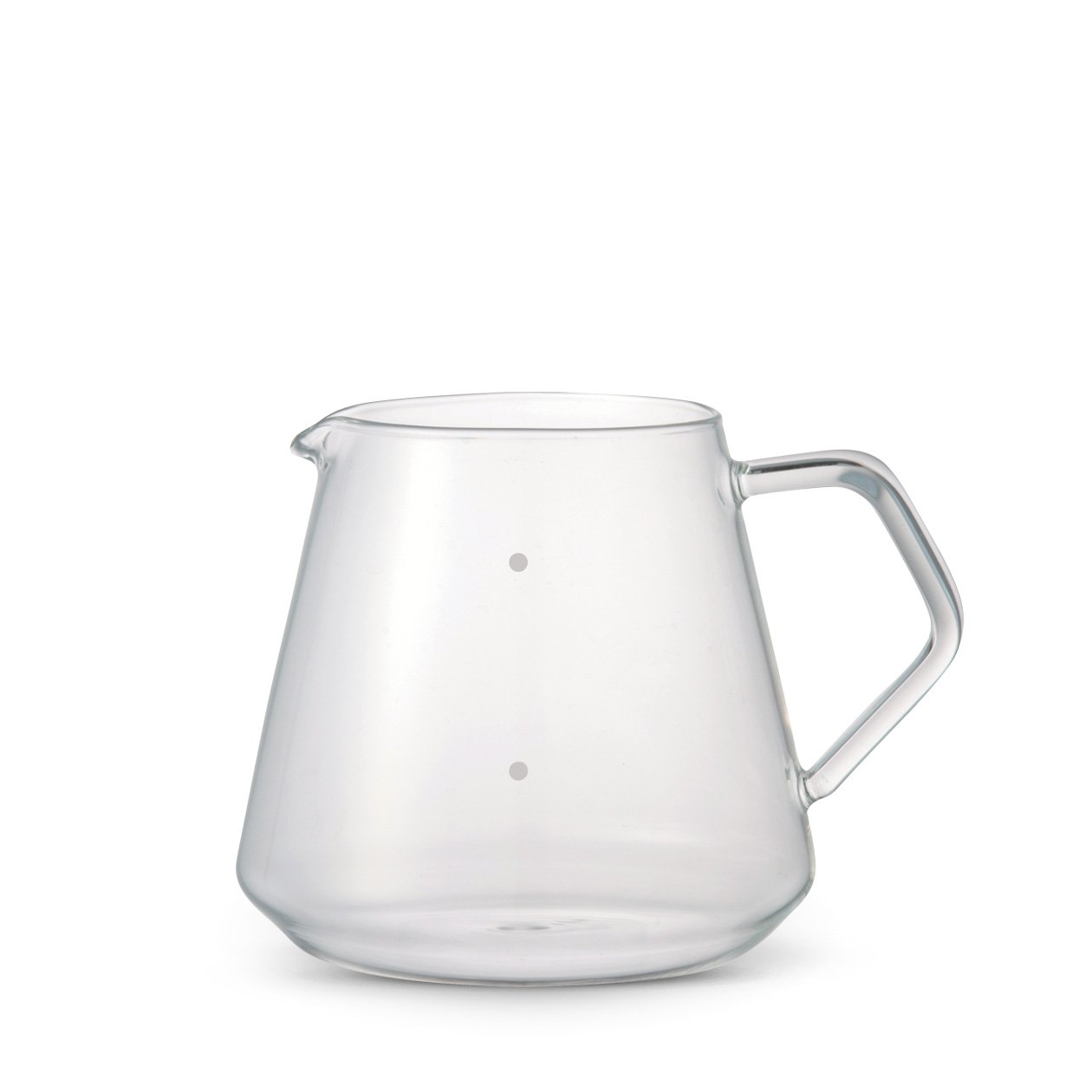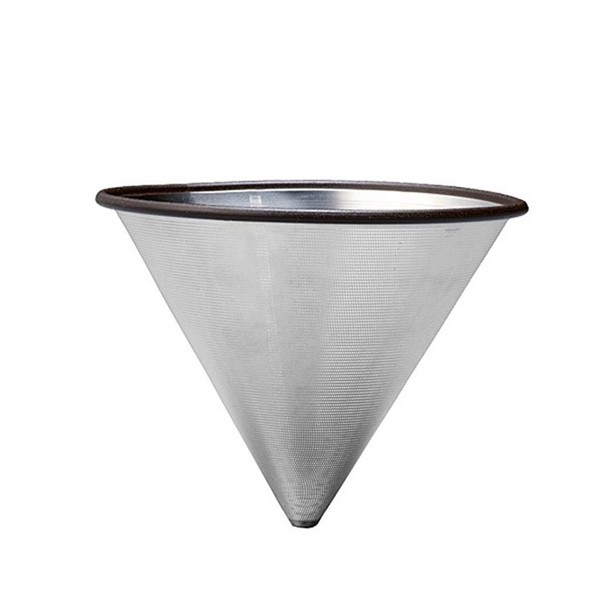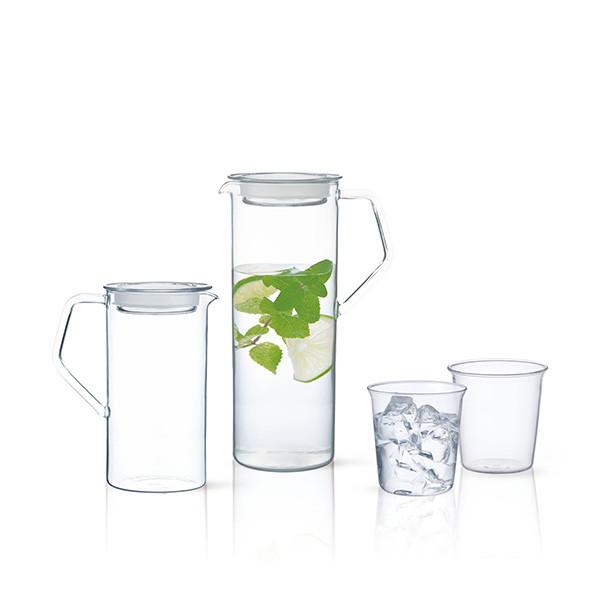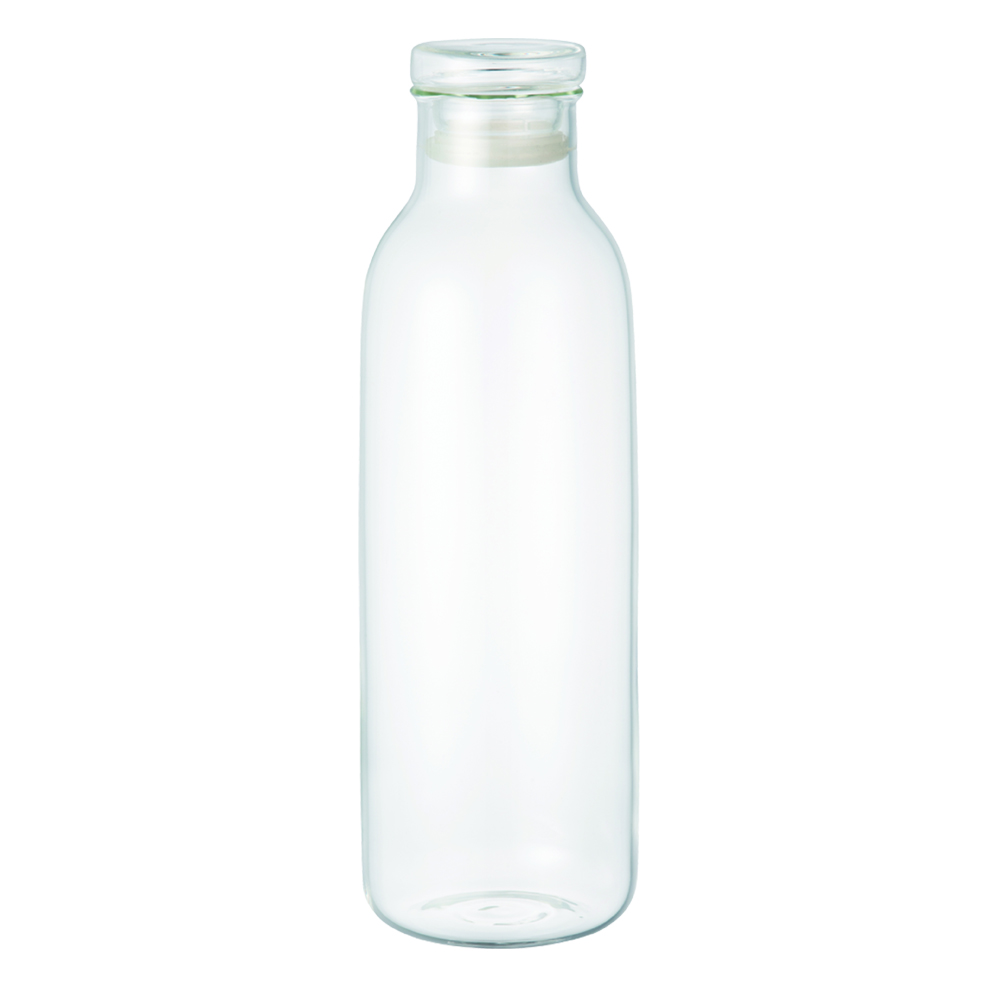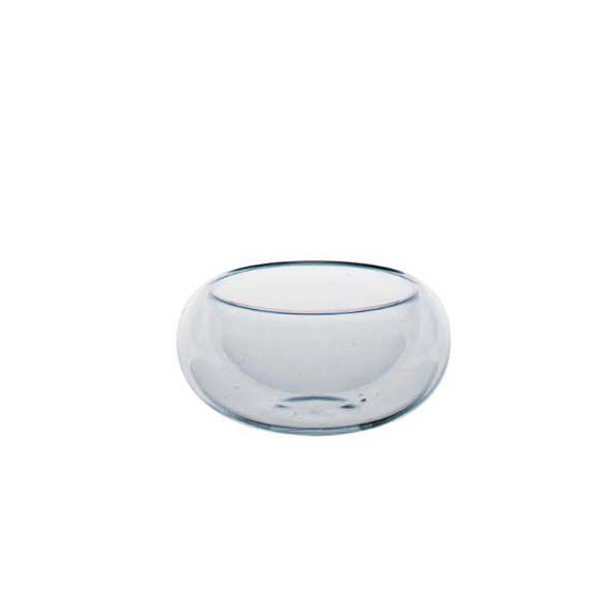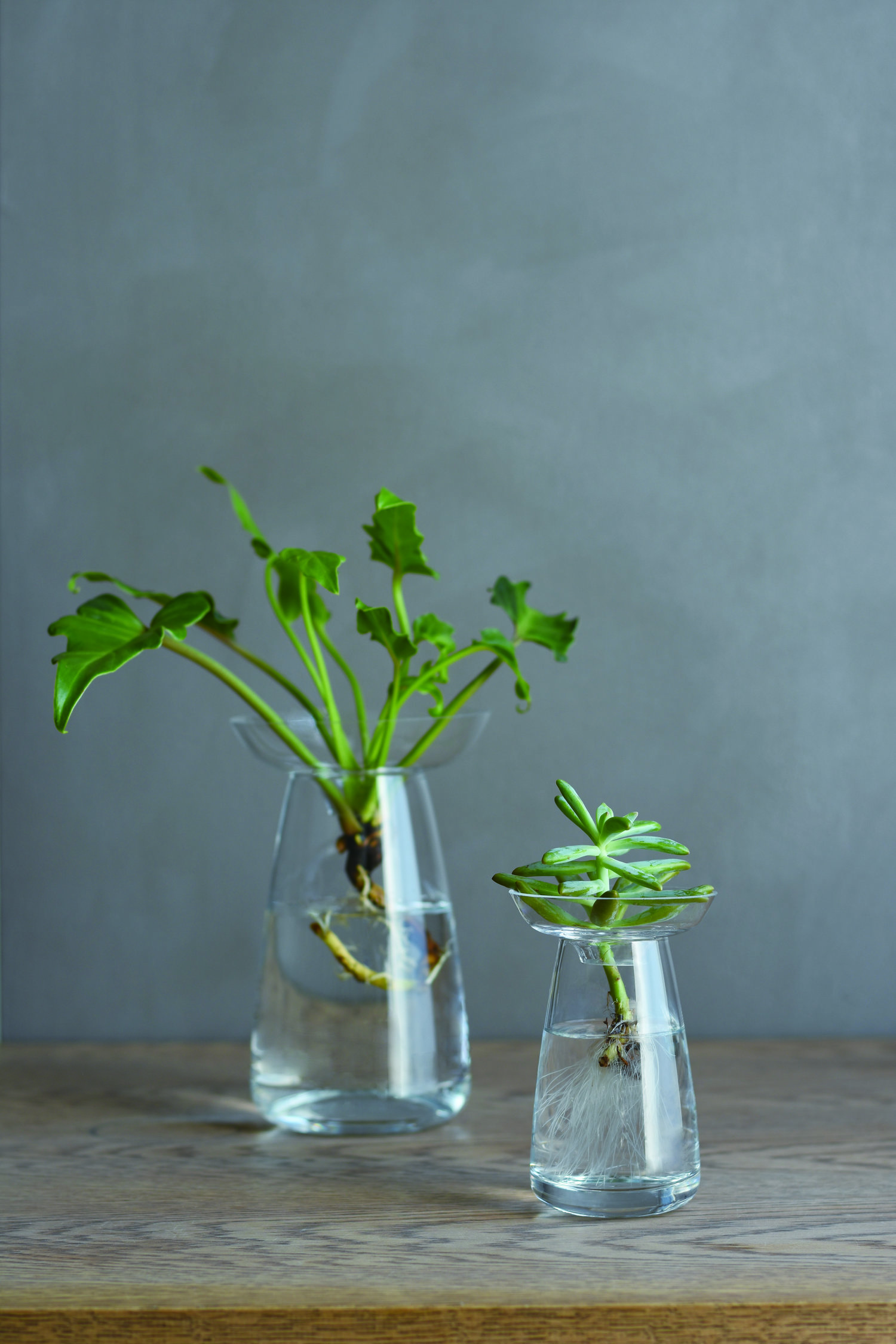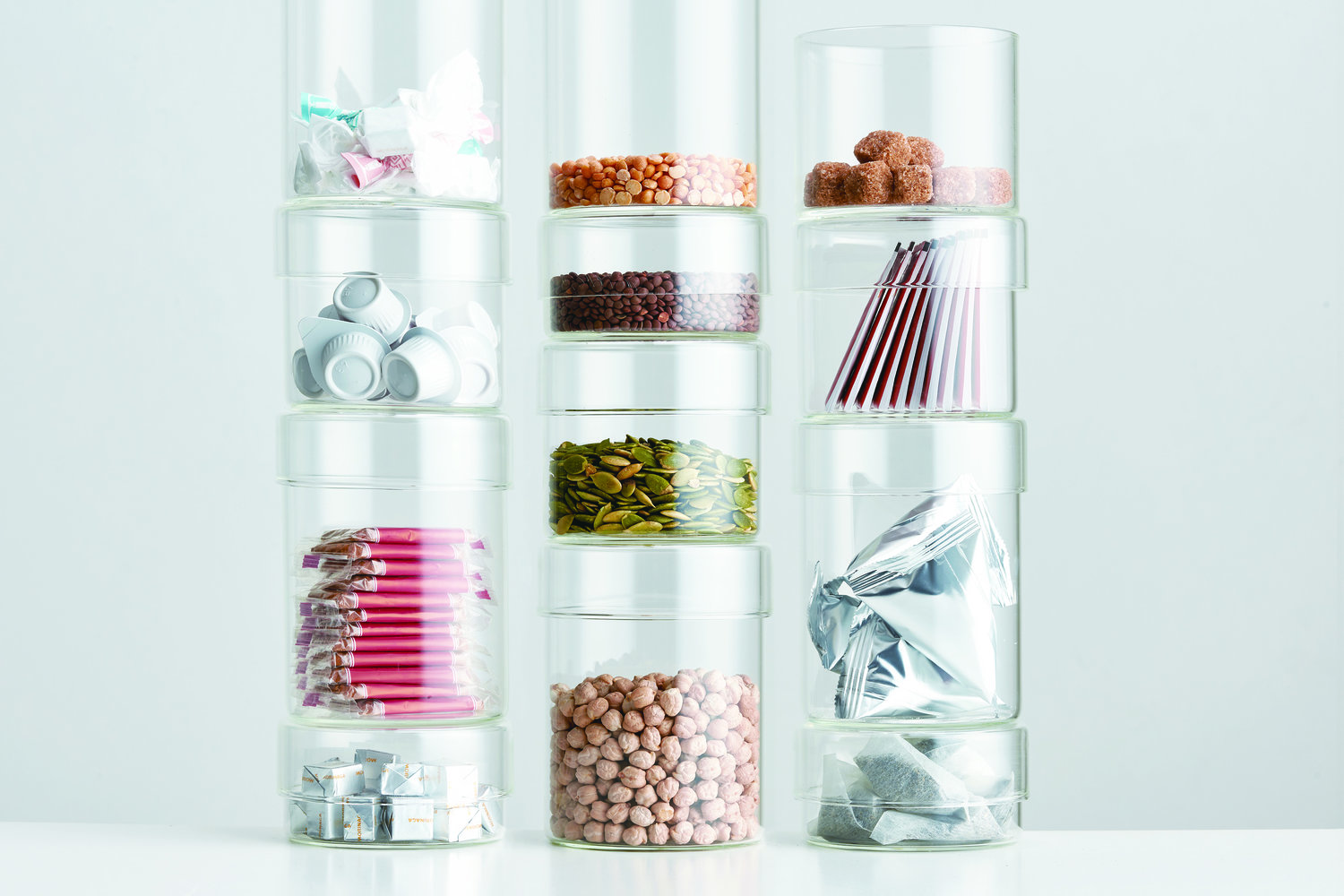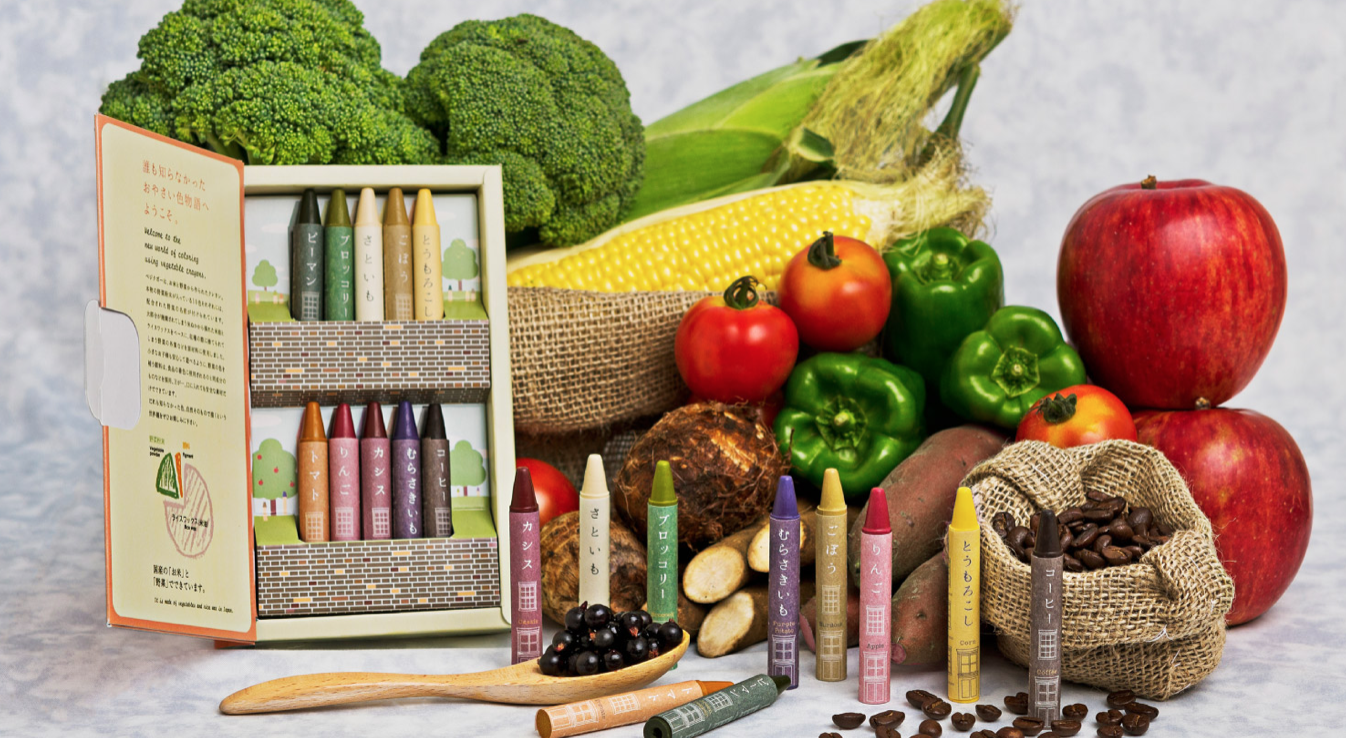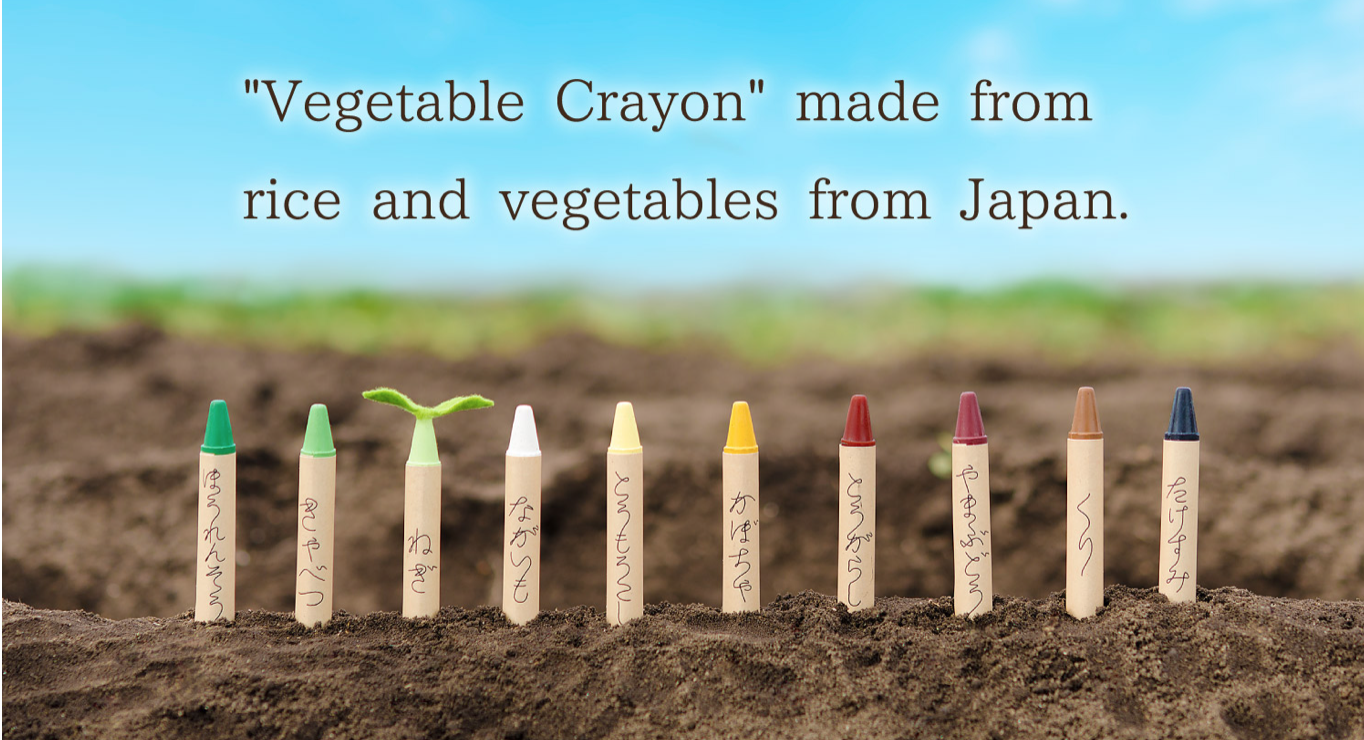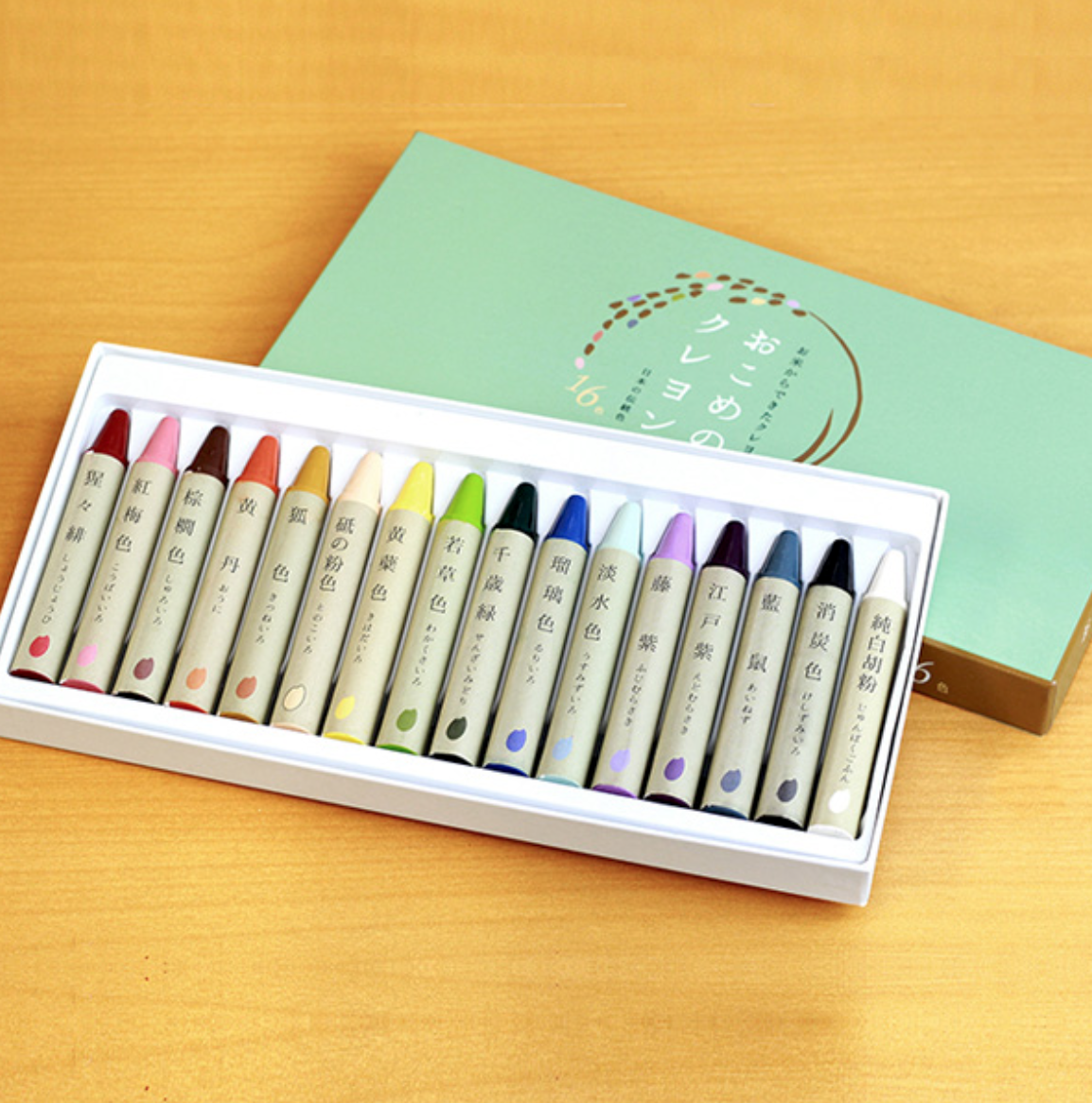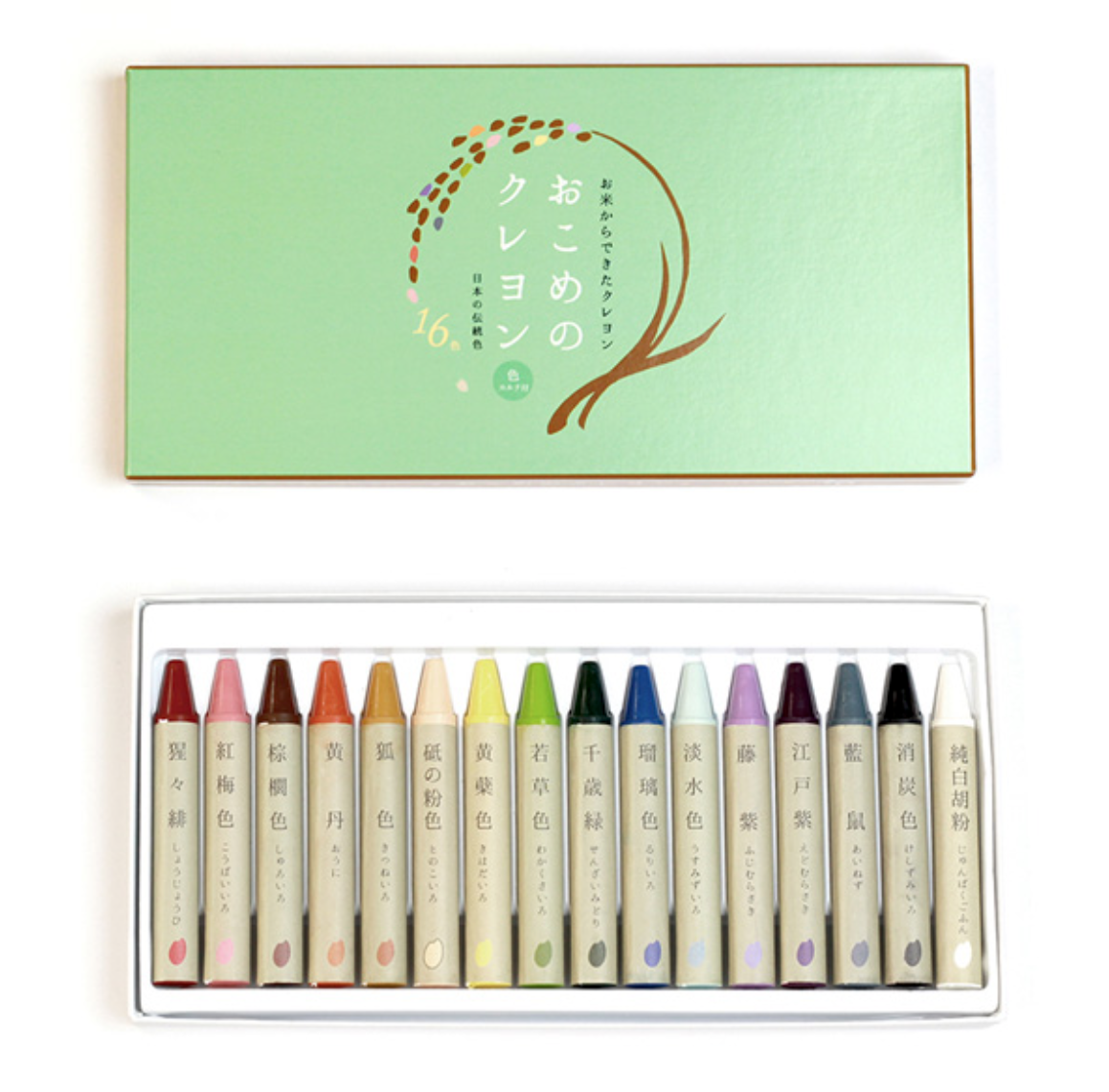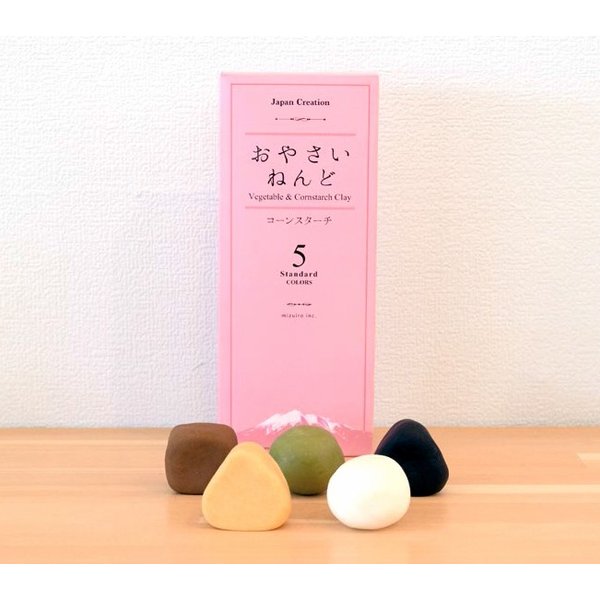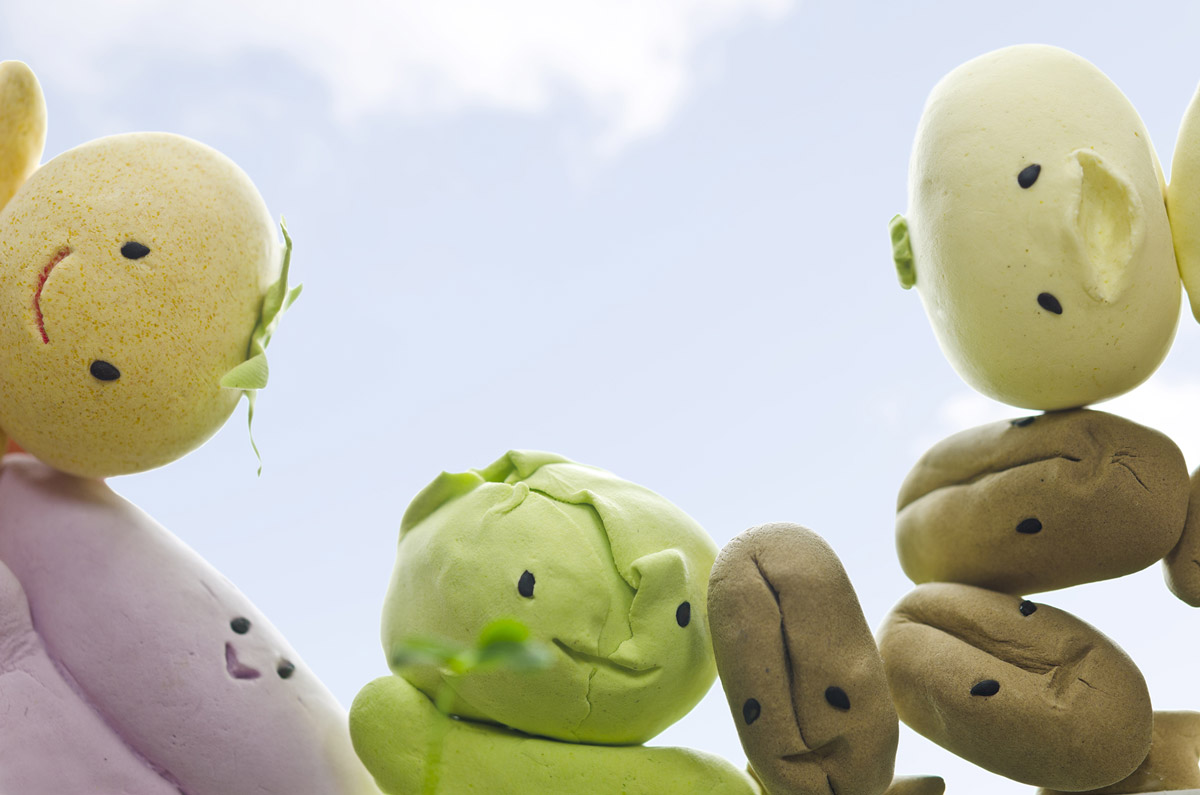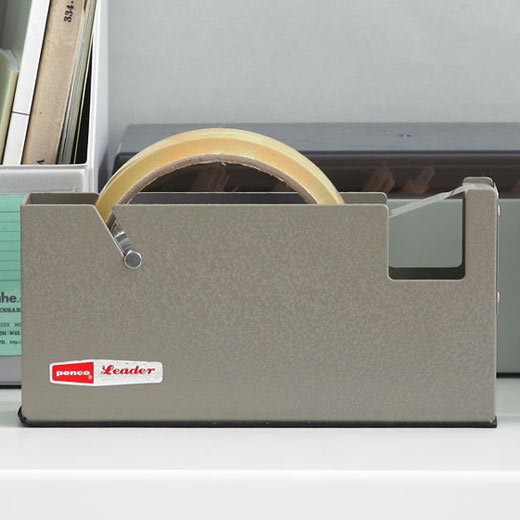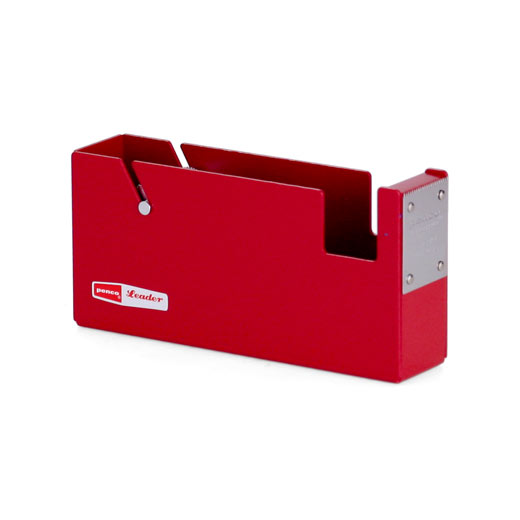Sayama Tea, Books, Sumo
Sayama Tea
"Ritto" has come, and Tokyo has started to feel winter. ""Ritto" is the first day of winter according to the lunar calendar that divides a year into 24 seasons.
In some tea fields, tea flowers are beginning to bloom. Tea flowers are undesirable for tea farmers. “Flowers bloom because of bad environment.” “If flowers bloom, the trees will weaken and they will not make good shoots next year.” they believe.
Tea belongs to a Camellia Synesis, so it looks very similar to a camellia flower and blossoms just during this winter season. The tea seeds are also made into oil that is very good for your skin, particularly for sensitive skin.
We generally think of Japanese tea that is grown in the South of Japan but just one hour from Tokyo in Saitama they have been growing tea since the Edo period. The leaves are thicker so that the plant can survive the colder temperatures in winter. There are small farms with different styles and breeds of tea and the style used to process the tea. Since the farms are generally quite small, the level of output is quite small.
We visited some tea farms from the tea association and were so surprised at the high quality of the tea. This tea, which has been aged and stored in a good environment for one and half year, has a mild aroma, but the freshly green thorns are picked and mellow. As for the taste, become milder and more characterize, the Umami taste becomes stronger.
One particular tea made us discover a new world of tea. He has a very high grade tea that consistently wins competitions. Contest sencha is specially cultivated and manufactured tea for the Japanese tea contest held once a year. A very rare tea that only about 500g each farmer produces. They are usually reserved and sold in their own store, and rarely appear in the Japanese market. Even if you can buy it, only around 200g per farmer can be bought in a year. The tea is grown in a wild style and each leaf is hand rolled by Mr Nakajima. We have a small amount of this special tea in our store.
Morioka Shoten
Morioka Shoten is a tiny bookstore of “a Single Room with a Single Book” in Tokyo. It sells only one book; more precisely, multiple copies of one title that changes weekly, with a small book-inspired art exhibition on the walls. Its challenging, minimalistic philosophy and well-curated shows attract numerous visitors from all over the world.
Yoshiyuki Morioka, the owner of Morioka Shoten Co., Ltd. Ginza worked as a bookstore clerk for eight years in Kanda, a quarter known as Tokyo’s centre of second-hand bookstores. Morioka then went independent, opened his own store and ran a number of exhibitions. This experience eventually led him to an idea of “a bookstore with a single book”. He believed that a single book will offer deeper a understanding and closer relationship with the reader as well as the essential pleasure of book reading.
The birth of “a bookstore with a single book” was brought about by a rather unique encounter. On 2nd September 2014, Masamichi Toyama (CEO of Smiles Co. Ltd.) gave a lecture at “Takram academy”, a serial lecture event run by Takram. With “New Business” as the theme of the lecture, every attendee presented an idea which could win a business opportunity if the idea was bought by Toyama. Morioka attended the event and presented his idea with only one sheet of presentation which said, “Regeneration of Bookseller Atom → A bookstore with a single book”. This very incident brought a path to his ideal book store he has dreamt for many years.
Sumo Season
Held every November, this is the final of Japan’s six annual Sumo Tournaments, known as honbasho. With sumo rankings released a few weeks before, it’s a chance to see the traditional sport up close and personal. While the fights are broadcast on NHK, nothing beats the atmosphere of the tense final matches of the day, complete with cushion-throwing and cheers. Seating is divided into box seating – tatami areas seating four people which start at about €316.51 and arena seats which start from around €31.65.
Tickets can be purchased in advance from voyag in, or through Zaiko using the button below. Note that more dates and prices are available once you click through the initial page on Zaiko, with some days starting at €19.99. You can also purchase tickets at the hall each morning – you have to be there very early but works great for last minute plans. Sumo matches take place throughout the day and you can leave to grab food before returning. The busiest times are as you may expect – weekends and towards the end of the tournament.
If you’re not here during a tournament but still want to see some sumo action, here are a few ways to make it happen in Tokyo.


































